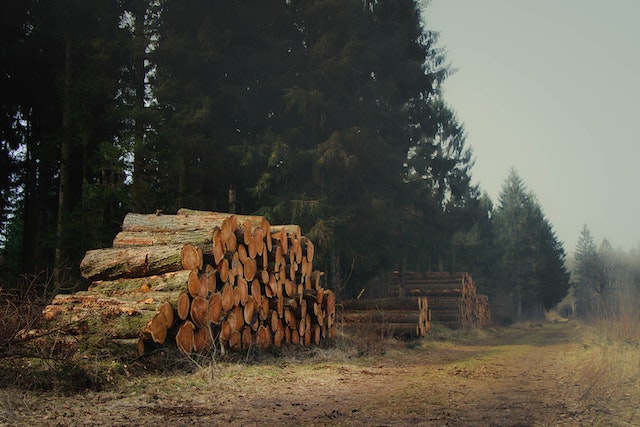
Trees are a vital component of the environment, providing numerous ecological, economic, and social benefits.
However, there are times when trees become hazardous due to various reasons such as disease, decay, or structural damage. In such cases, tree removal becomes necessary to ensure safety and prevent property damage.
Tree removal is a complex task that requires careful planning and execution using appropriate equipment and techniques.
There are different methods of tree removal available depending on factors such as the size of the tree, location, accessibility, and surrounding structures.
Some common methods include chainsaw cutting and stump removal, tree cutting in sections, and crane or winch tree removal.
Each method has its advantages and disadvantages which should be carefully considered before deciding on the most suitable one for a particular situation.
This article provides an overview of these different methods of tree removal to help property owners make informed decisions about their tree care needs.
Chainsaw Cutting and Stump Removal
The use of chainsaw cutting and stump removal is a common methods employed in the removal of trees. Chainsaws are versatile equipment that can be used to cut down trees of various sizes, from small shrubs to large trees.
The process involves cutting the tree trunk into smaller sections, which are then removed from the site using heavy machinery.
Once the trunk has been removed, the stump is either left as it is or ground down to remove any remaining roots. Stump removal is often necessary as leaving a stump behind can lead to regrowth or attract pests such as termites.
Stumps can also be hazardous as they can cause tripping accidents or damage lawnmowers when mowing around them.
Stump removal typically involves grinding down the remaining wood until it is level with the surrounding soil.
This process may take some time depending on the size and type of tree, but it ensures that there are no remaining roots left in place, preventing any potential regrowth.
Overall, chainsaw cutting and stump removal are effective methods for removing trees and their stumps efficiently while minimizing disruptions to surrounding areas.
Tree Cutting in Sections
One approach to safely removing a tree involves dividing it into sections. This method is used when trees are too large or have grown in an area where there is limited access to machinery and equipment.
Tree cutting in sections requires skilled professionals who have the experience, expertise, and necessary tools to execute the process efficiently.
The first step in this process involves identifying the parts of a tree that need to be cut down. The tree is then climbed by a certified arborist who will use ropes and other professional gear to secure themselves as they work on cutting off branches from the top.
Once all branches are removed, one section at a time is cut off starting with the uppermost section. The felled sections are then lowered carefully to the ground using ropes, pulleys, and cranes if necessary until the entire tree has been taken down.
This method ensures that there is minimal damage to nearby structures or vegetation while also ensuring safety for everyone involved in the removal process.
Crane or Winch Tree Removal
Crane or winch tree removal involves the use of heavy machinery to lift and remove trees, making it a viable option for larger trees or those located in hard-to-reach areas.
This method is often used in urban areas where there isn’t enough space for the tree to be felled traditionally.
Additionally, crane or winch tree removal is considered a safer option as it eliminates the need for climbers to access the top of the tree. The process starts with an arborist assessing the area and determining which equipment will be needed.
Next, a crane or winch is brought in and set up near the tree. The arborist will then climb up into the tree and start cutting branches off from the top down until only the trunk remains.
The trunk is then cut into sections that are manageable enough to be lifted by the crane and lowered onto flatbed trucks for transportation.
Crane or winch tree removal has become increasingly popular due to its efficiency, safety, and ability to remove large trees quickly without disrupting surrounding infrastructure.
Conclusion
Tree removal can be a complicated and dangerous task, requiring specialized equipment and trained professionals. There are different methods of tree removal available, each with its own advantages and disadvantages.
Chainsaw cutting and stump removal is a common method used for smaller trees or those in open areas where there is enough space to safely cut down the tree without causing damage.
Tree felling in sections involves cutting down the tree into smaller pieces that can be safely lowered to the ground. This method requires more time but is safer for larger trees or those located near buildings or other structures.
For more complex jobs involving large or difficult-to-reach trees, crane or winch tree removal may be necessary. This method involves using heavy machinery such as cranes or winches to remove the tree from its location safely. The use of these machines requires skilled operators who are experienced in working at heights.
A knowledgeable arborist will assess your situation carefully before deciding on the best course of action for removing your unwanted trees while minimizing any potential damage to surrounding areas. By doing so, you can ensure that your property remains beautiful and safe for years to come.